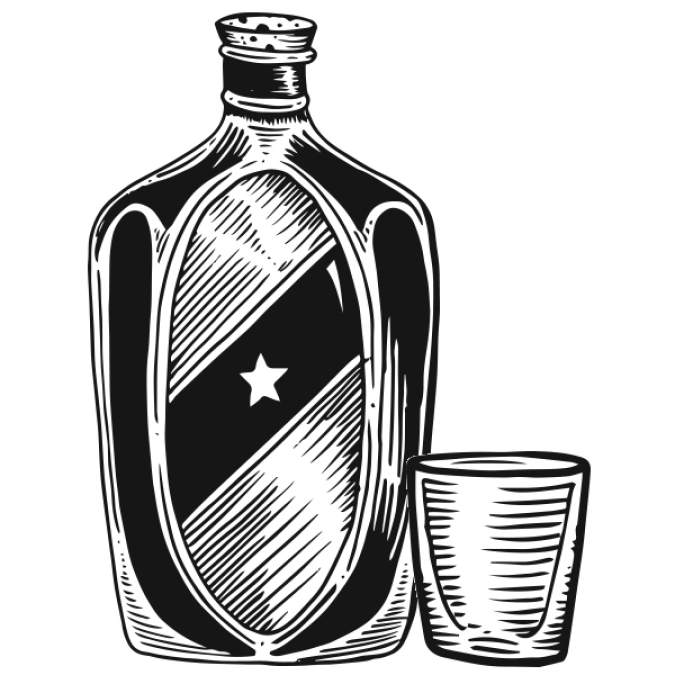You can usually fill a medium-sized dictionary with the words used to describe wines, especially if you really like obscure fruits and types of bedrock. Yet recently, Washington winemakers have been using one term with increasing frequency.
That word is balance, and it was everywhere at the “Walla Walla Wine” event held last week in Seattle. Whereas for years winemakers described their reds with words like “big,” “powerful,” “rich,” and “opulent,” the clear trend now is toward well-balanced wines. So what’s up with that?
In the Washington wine industry’s early years, grape growers and winemakers sought the warmest parts of eastern Washington for their vineyards. It makes sense: You need sun and warmth to ripen grapes, and since lots of smart people doubted you could even make wine here, there was no reason to take additional risks with cooler sites. Consequently, many early Washington wines were made from very ripe grapes, which gives you big, bold wine. Given that the American palate was at that time largely dictated by California wines in general and Napa in particular, loads of flavor, color, and alcohol became the norm. Sales grew, hundreds of wineries opened, and a style was established.
Predictably, there was a backlash. Big wines may do well at tastings, in magazines, or by themselves, but they tend to be hard to pair with food. All that alcohol can be a problem, and many of them don’t age as well as you’d like. A second wave of winemakers, who modeled their wines less on Napa and more on Europe, came to value slightly cooler sites, higher acidity, and that ephemeral concept, “balance.”
Granted, part of the popularity of balance is that who wouldn’t want a balanced wine? Like a lot of words put on wine labels and in descriptions, it exists less as an accurate reflection of what’s in a bottle and more as a sales pitch. Yet it also explains an important concept in winemaking: the idea that a wine’s various elements—fruitiness, acidity, tannins, minerality, alcohol—should be harmonious and complementary instead of one or two of them being prominent.
So what does that mean going forward? Well, that our state’s industry is maturing. Much as most of us stop loving super-sugary food and drink as we get older (seriously, can you imagine enjoying Pixy Stix now?), our tastes tend to evolve away from the intensely flavorful wines of our youth. We’re also doing a vastly better job of understanding what grapes to plant where. Some do in fact need all that warmth to fully ripen (think cabernet franc or petit verdot), while others actually thrive in slightly cooler environs (syrah, say). Finally, winemakers better understand and respect wine’s place as a part of a meal, and how more balanced wines become more versatile at the table.
Balance is here to stay, and while just putting it on a label or mentioning it in a tasting room doesn’t make it true, it’s a positive and exciting direction for our state to be heading. Now if only we could get brewers on board . . .
thebarcode@seattleweekly.com







